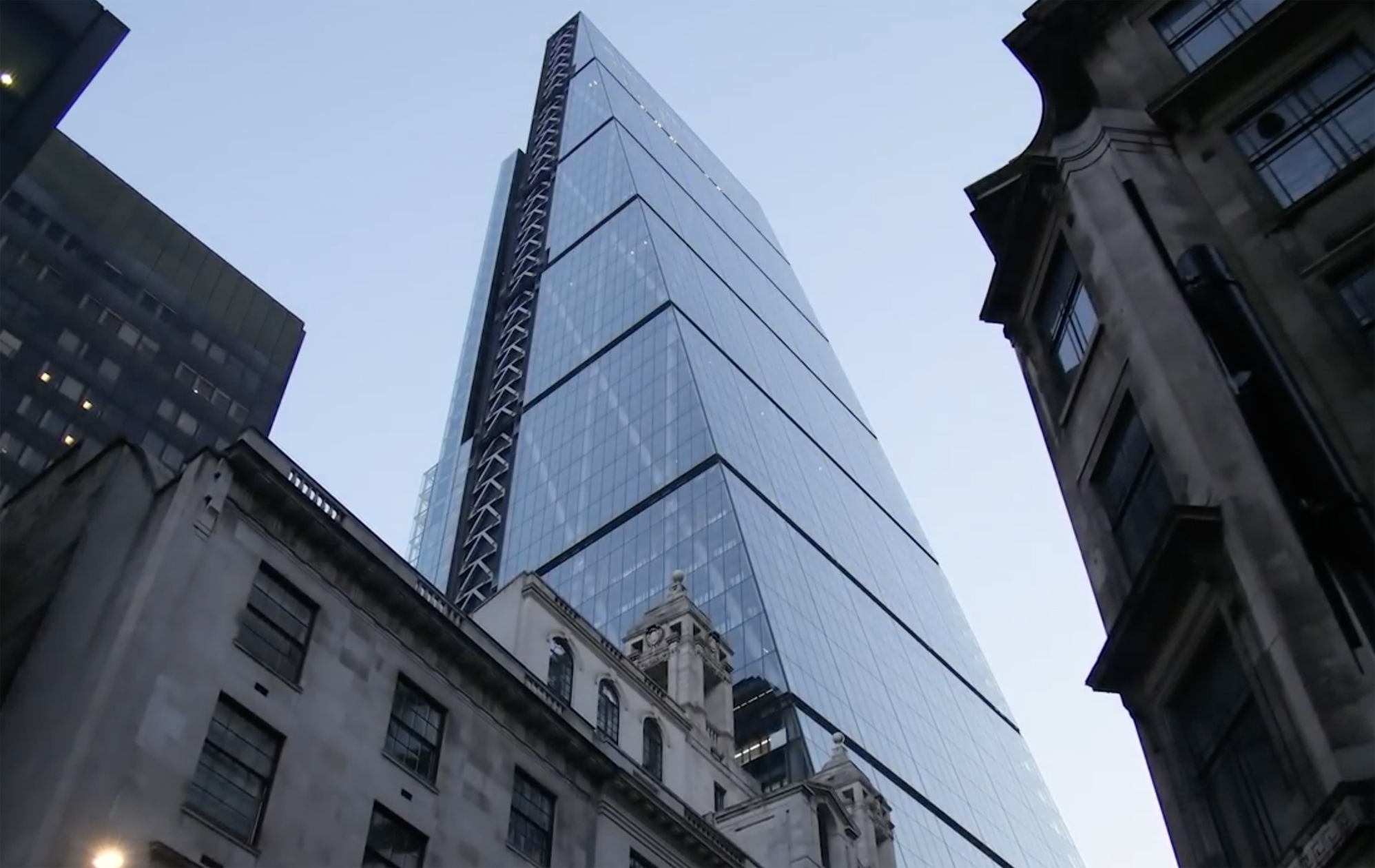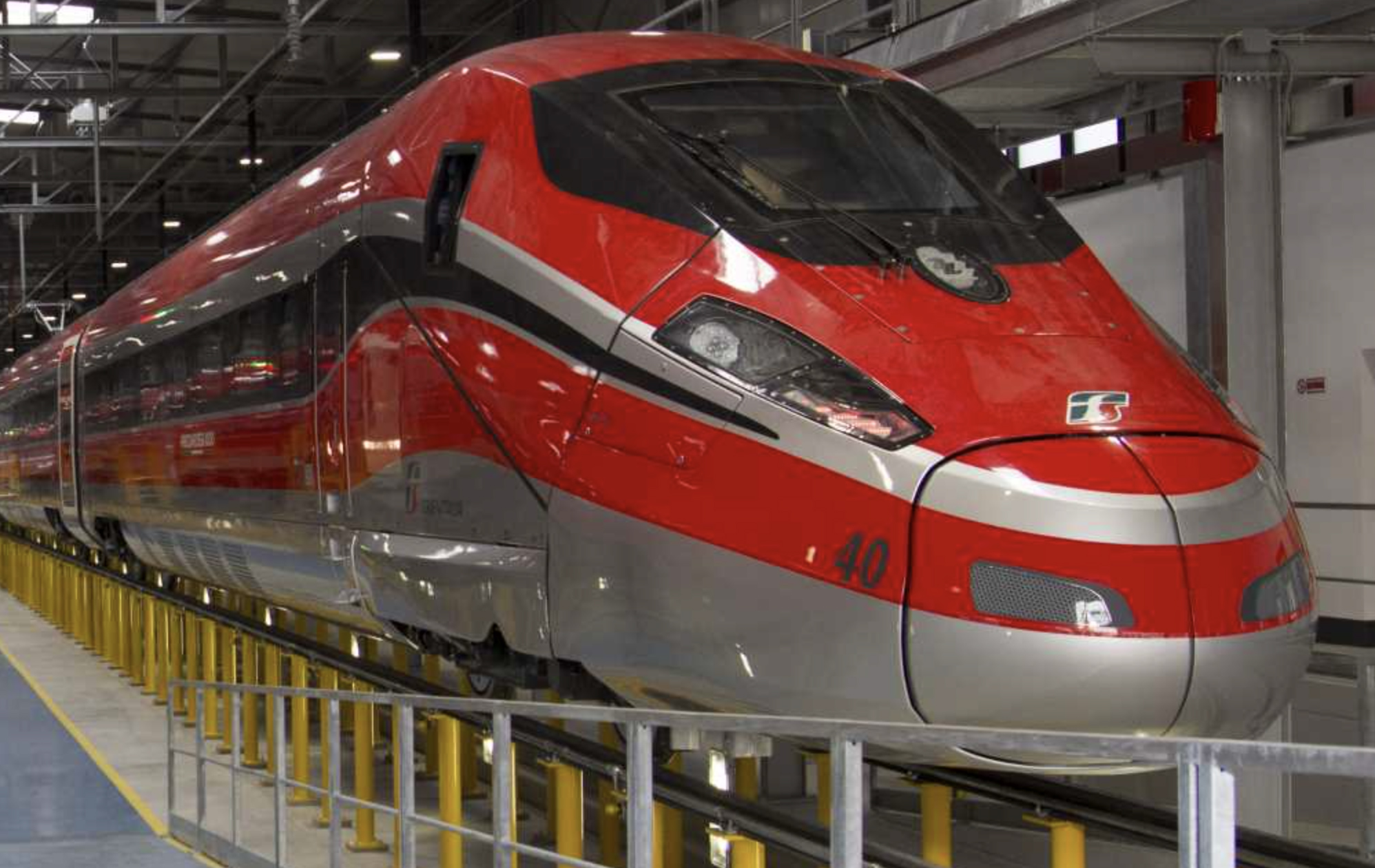Engineers and designers are often looking to reduce the weight of their components to increase performance and efficiency. They are also looking to increase the life and durability of their products to reduce the need for maintenance and repair.
As components are made lighter, they often become more suceptible to noise and vibration problems. There are 5 methods used for reducing noise and vibration. These are usually known as Containment (put it in a box), Absorption (usually foam), Isolation (usually rubber or hydraulic), Passive Damping and Active damping.
Heathcote specialise in the manufacture of Constrained Layer Dampers (CLD’s) one of the most effective and weight efficient forms of passive damper available. They are a very effective way of reducing levels of unwanted vibration. They can be used to minimise levels of noise, improving comfort and reducing health risk and also used to prevent vibration related fatigue cracking and improve the opperational life of components.
The UK Health and Safety Executive (HSE) reccomend damping, and Constrained Layer Dampers as one of theirtop 10 noise control techniques.
These dampers are normally thin layers of a stiff material (usually Aluminium or steel) laminated to a visco-elastic polymer which is often self adhesive.
There are a number of different damping solutions that are offered by Heathcotes, including;
Aluminium Constrained Layer Dampers (CLD’s):
To avoid any detrimental effects such as Bi Metallic corrosion it is normal to choose the same metal in the main structure as the Constraining Layer. (E.G. Al for Al structures and Steel for steel structures) The thickness of the constraining layer and the viscoelastic layer is then chosen to give the best damping whilst remembering that it has to be practically easy to apply the CLD. This leads to a wide variety of different thickness combinations that can be used. Examples of these are:-
Product 2005 – thin 0.5mm Aluminium plus a 0.13mm room temperature optimised VEM. Used for large area damping of light weight Aluminium structures.
Product 4005 – thin 1mm Aluminium plus a 0.13mm room temperature optimised VEM. Used for large area damping of medium weight Aluminium structures.
Product 4080S – thin 1mm Soft Aluminium plus a 2mm room temperature optimised VEM. Used for damping of heavy weight structures which are curved and very rough.
Steel Constrained Layer Dampers (CLD’s):
Stainless steel is usually used as the Constraining Layer for steel structures. There are a very wide variety of thicknesses available which means that you can make ultra light CLD’s by using Stainless Steel Foils and also very heavy CLD’s for large structures. Typical examples of products are:-
Product 10202P – ultra thin 0.05mm stainless steel foil plus a 0.05mm room temperature optimised VEM. Used for damping of small light structures such as Computer Hard Disc Suspension arms and Carbon Fibre Aero Engine Vanes.
Product 12010P – 1mm thick stainless steel plus a 0.25mm room temperature optimised VEM. Used for damping of large structures.
Non-Metallic Constrained Layer Dampers (CLD’s):
As well at traditional metal constraining layers Heathcotes also offer dampers with a wide range of specialised non-metallic materials. These are used in applications were a metal cannot be used. For example in electrical applications when they need to be non-conductive or in medical and military applications when they need to be radiolucent.




